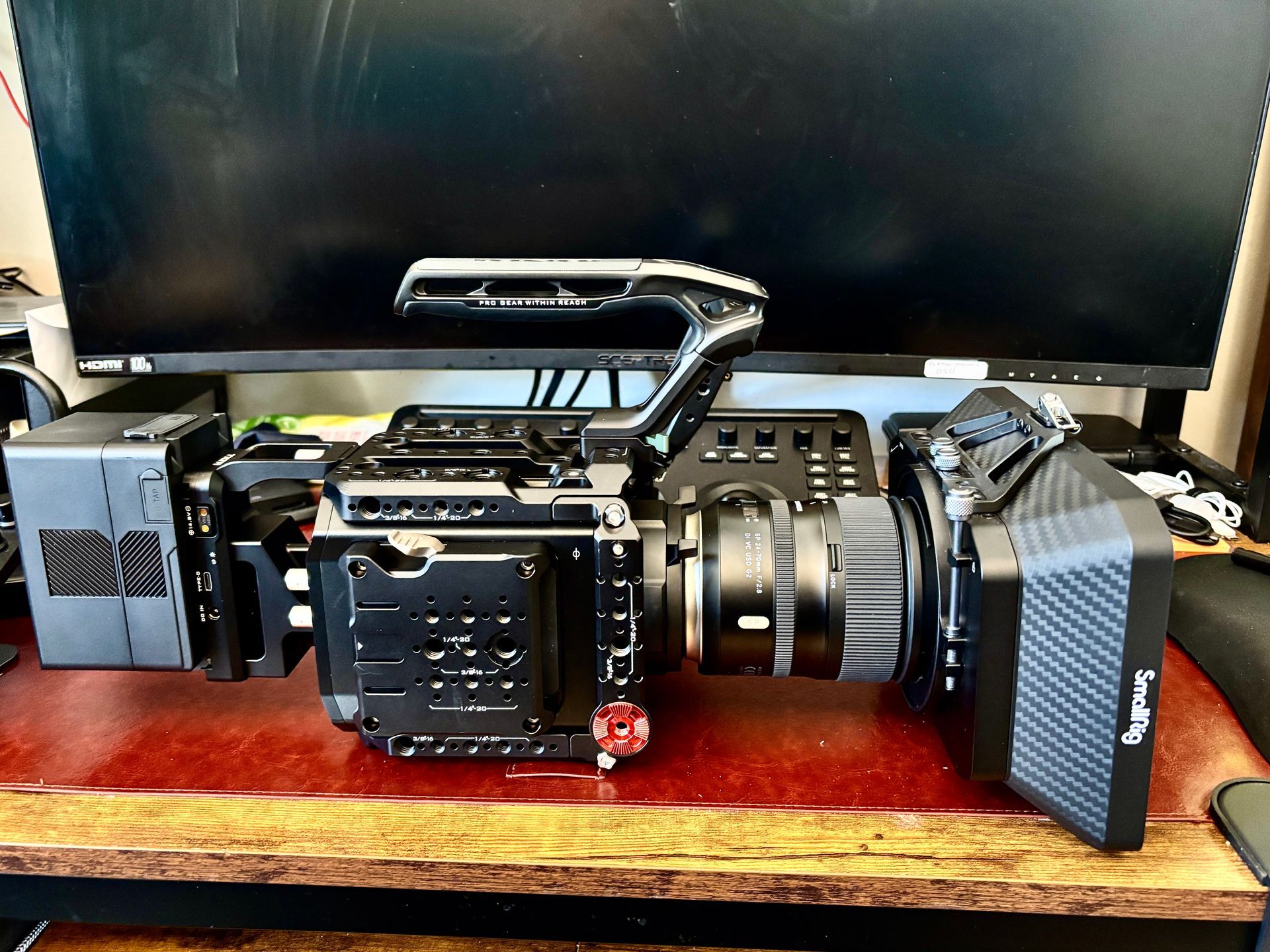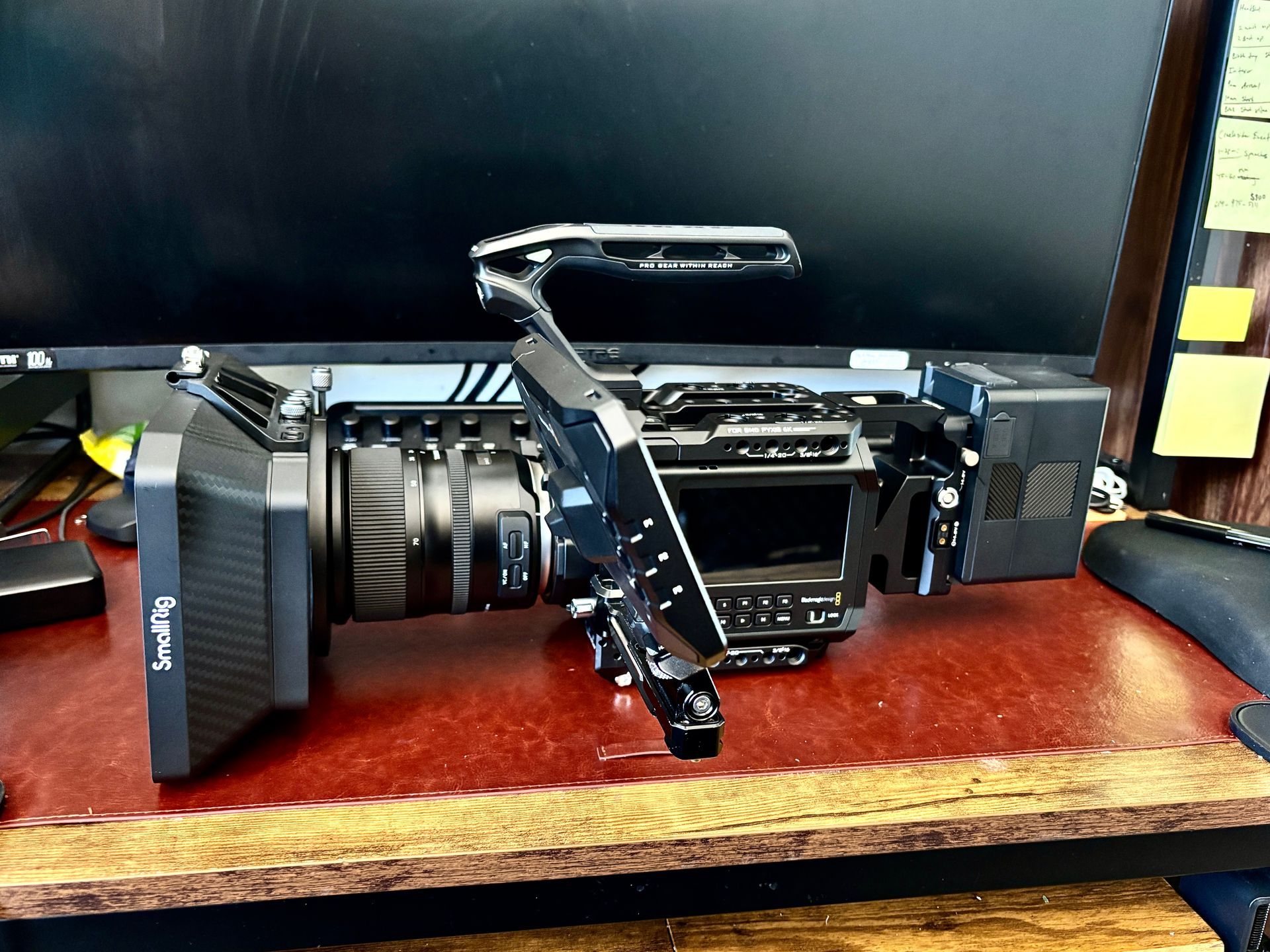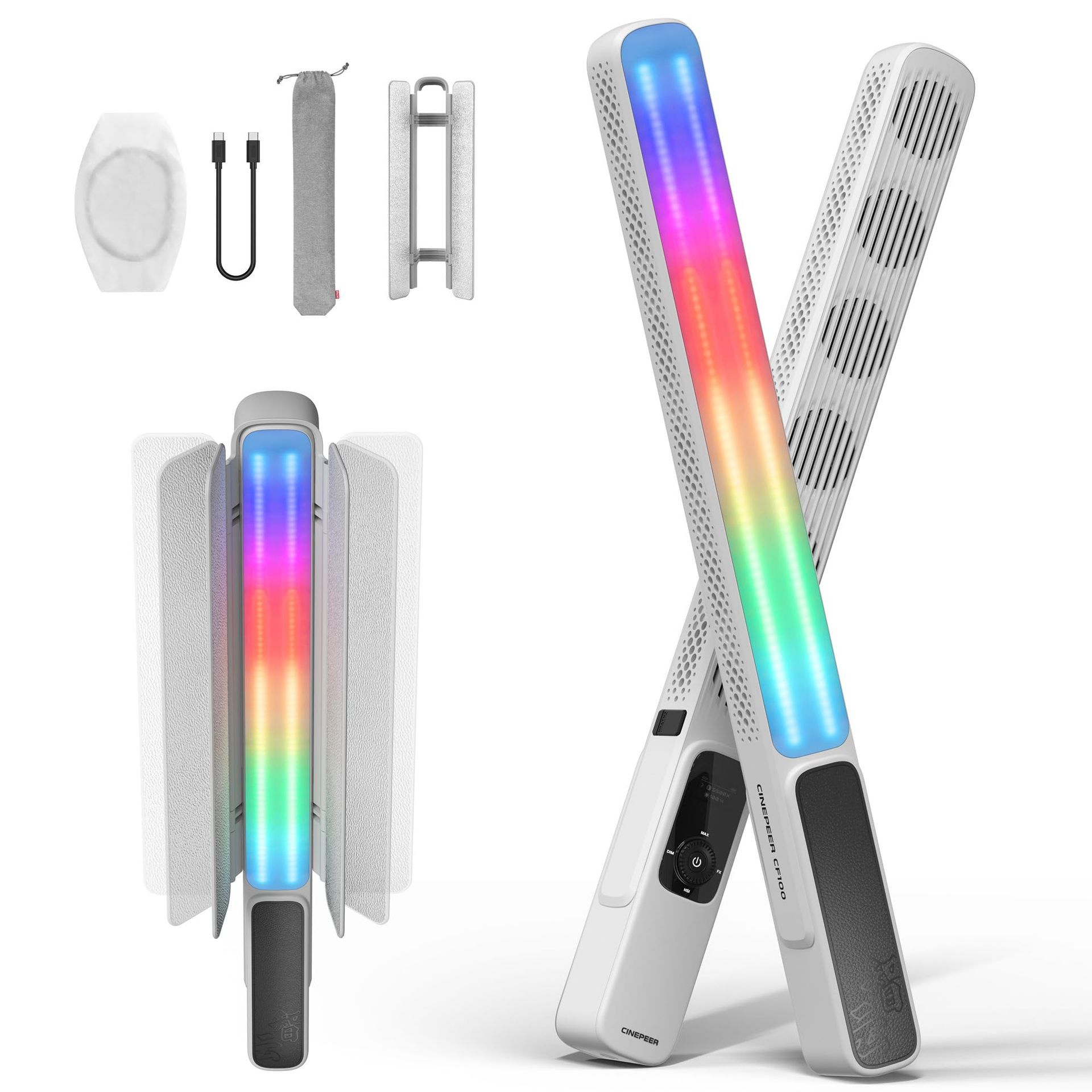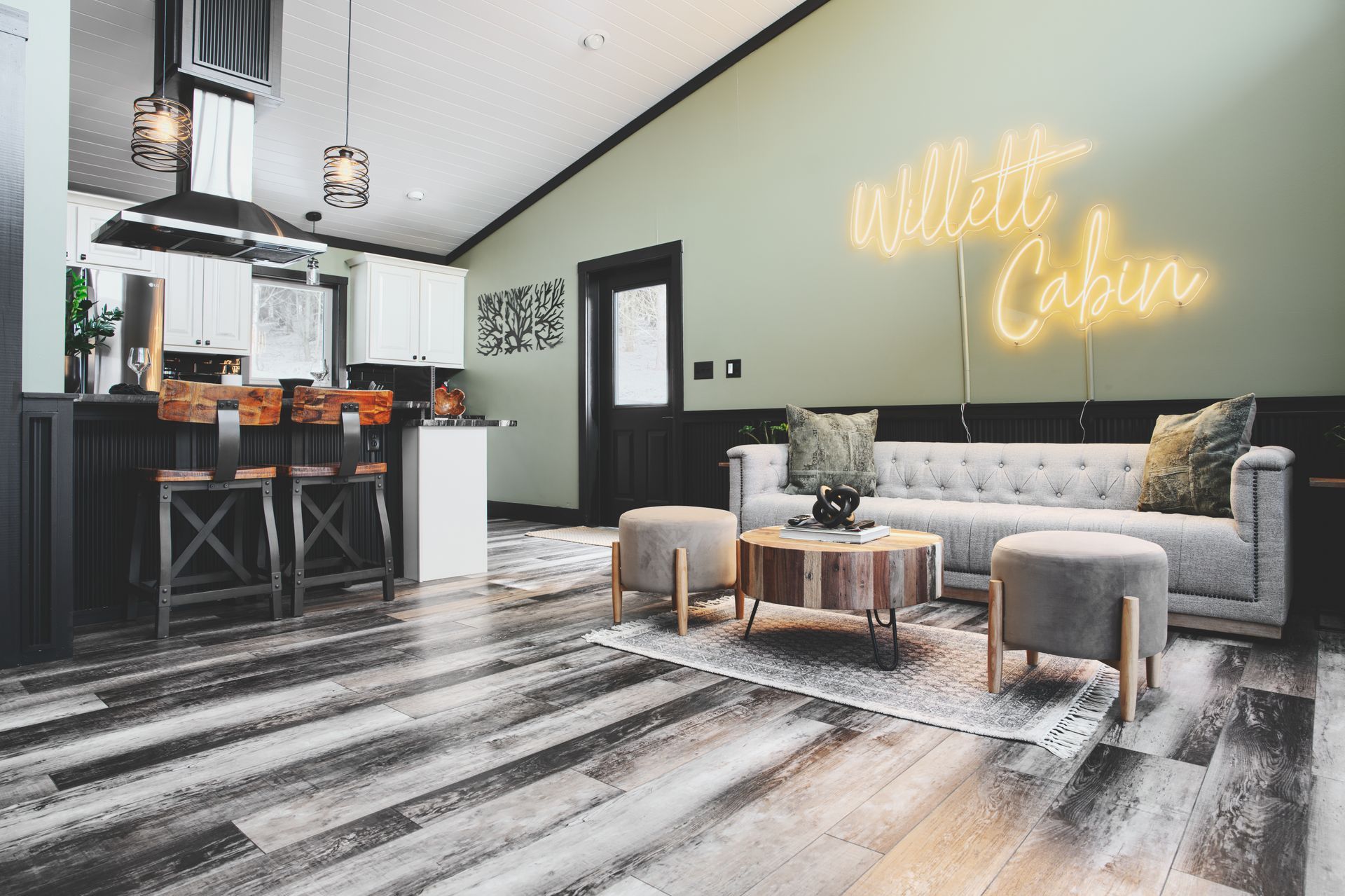I Switched to the PYXIS 6K – Here's What Surprised Me
When I discovered the Blackmagic Pyxis offered a full-frame 6K sensor for just $2,995, I was skeptical yet intrigued.
After all, this new box-style cinema camera packs some serious specs - a 36mm x 24mm sensor with 13 stops of dynamic range, dual native ISOs of 400 and 3200, and the ability to shoot up to 60fps in 4K. The aluminum body, weighing just 3.3 lbs, and the bright 1500-nit touchscreen seemed almost too good to be true at this price point.
I decided to make the switch to the Blackmagic Pyxis 6K for my corporate production work, and what I discovered surprised me in ways I never expected. Here's my honest take on how this camera transformed my filmmaking process.

Why I Switched to the Blackmagic Pyxis 6K
For years, I shot with a combination of Sony mirrorless cameras. While the image quality was excellent, I found myself increasingly frustrated with certain aspects of my setup that were limiting my creative process.
What drew me to the Pyxis 6K
The announcement of the Pyxis 6K immediately grabbed my attention primarily because of the box-style design with multiple mounting points offered genuine flexibility that my previous setup lacked.
What truly sold me were the professional-grade connectivity options:
- 12G-SDI output providing secure connections for monitoring
- Dual CFexpress card slots allowing hot-swapping during recording
- Ethernet connectivity enabling Blackmagic Cloud integration
- USB-C expansion for external media
The full-frame 36 x 24mm sensor with 13 stops of dynamic range meant I wouldn't sacrifice image quality moving to a smaller body. Furthermore, the dual native ISO at 400 and 3200 offered clean footage in varied lighting conditions.
Perhaps most importantly, the Pyxis solved my power dilemma with its compatibility with industry-standard BP-U batteries and its remarkable efficiency. After recent firmware updates, I've seen 30-40% improvement in battery life, which has been game-changing for field work.
Initial expectations vs reality
Initially, I was concerned about several potential limitations. The rolling shutter performance worried me with a readout time of approximately 18.7 milliseconds, I expected to see noticeable distortion with fast camera movements. However, this hasn't been an issue for most of my work.
I was also skeptical about the fixed lens mount system. Unlike other cameras with interchangeable mounts, I had to commit to one option: L-Mount, EF, or PL. I chose the EF-Mount version, which proved to be the right choice for my lens collection.
The side-mounted 4-inch LCD initially seemed like a strange design choice, but in reality, it's been surprisingly functional for quick adjustments. Nevertheless, for proper monitoring, I did invest in the Blackmagic PYXIS Monitor, which allows for full camera control via touchscreen and customizable function buttons.
One unexpected benefit has been the modular nature of the system. I can build out the camera for studio work with V-mount batteries and full monitoring, or strip it down for more compact setups. This versatility has fundamentally changed how I approach different projects, giving me configuration options I never had with my previous gear.
Above all, the Pyxis's machined aluminum construction offers durability that inspires confidence on set. No more worrying about fragile plastic bodies or finicky port doors, this camera feels like it was built for professional work.
First Impressions: Build, Screen, and Setup
My first interaction with the Blackmagic Pyxis 6K left me genuinely impressed by its solid build quality and thoughtful design considerations.
Unboxing and physical feel
Opening the Blackmagic box revealed the standard accessories: welcome card, Resolve Studio 19 license, SSD holder plate with screws, velcro straps, and region-specific power adapters with a locking 2-pin LEMO connector.
Lifting the Pyxis out of its box, I was struck by its substantial weight. At 3.3 lbs (1,500g), it's notably heavier than competitor models like the RED Komodo (2.1 lbs). The difference is significant, this camera feels solid and professional. Its aluminum body exudes quality, unlike the plastic shells of many cameras in this price range.
The boxy design provides mounting points everywhere you look: six ¼-20 threads and three ⅜-16 on top, seven ¼-20 and two ⅜-16 on the bottom, plus additional mount points on the sides. This abundance of rigging options is precisely what makes the Pyxis stand out among competitors.
One concern emerged immediately: the cooling system. Unlike weather-sealed designs, the Pyxis features an open vent on top with the fan intake at the bottom. This arrangement raises questions about performance in adverse weather conditions.
Screen placement and usability
The 4-inch 1500-nit HDR touchscreen positioned on the left side initially seems unconventional. Unlike traditional rear-mounted screens, this placement requires a different operational approach.
Consequently, handling the Pyxis means frequently touching the screen, which can be problematic during active shooting. Thankfully, the latest firmware update (9.2) allows screen locking while maintaining access to physical controls, solving this potential issue.
The screen itself is bright enough for outdoor use in most conditions, though not in direct sunlight. The touch response is excellent, and the Blackmagic OS interface remains one of the most intuitive among cinema cameras. One oddity: unlike the Pocket series, the UI doesn't rotate when turning the camera vertically, something that hopefully will be addressed in future updates.
Initial rigging and accessories needed
This is where potential Pyxis buyers should pay careful attention, the camera's base price is merely the starting point for a functional kit. Straight out of the box, you'll need additional items to make it production-ready:
- Power solution (BP-U batteries not included in the box)
- Media storage (CFexpress Type B cards)
- External monitor or EVF for proper viewing
- Top handle for comfortable operation
- Lens adapters if using non-native glass
The optional Blackmagic PYXIS Monitor ($325) provides an excellent solution for the screen visibility issues, featuring full camera control via touchscreen plus a sunshade for outdoor shooting. Similarly, the URSA Cine EVF ($1,865) offers precision glass optics and customizable function buttons.
For media, dual CFexpress Type B card slots support hot-swapping during recording, though cards aren't included. These cards are faster than the SD or CFast options on previous Blackmagic cameras and range from 64GB to 4TB.
Setting up the basic camera took minutes: attach a battery, insert media, and power on. The system boots remarkably quickly, and the familiar Blackmagic interface makes initial configuration straightforward. Within five seconds of switching it on, the camera is ready to record.

Image Quality and Codec Surprises
The true test of any cinema camera comes when you bring the footage into post-production. After my initial shooting tests with the Blackmagic Pyxis 6K, I was eager to see how the BRAW files would perform during the color grading process.
BRAW workflow in DaVinci Resolve
Undeniably, one of the biggest advantages of the Blackmagic ecosystem is the seamless integration between the camera and software. Since the Pyxis records exclusively in Blackmagic RAW (with no ProRes option), understanding this workflow becomes essential.
The camera offers multiple BRAW compression options, including Constant Bitrate (3:1, 5:1, 8:1, 12:1) and Constant Quality (Q0, Q1, Q3, Q5). In practice, I found minimal visible difference between the highest and lowest compression settings, even the 12:1 files maintained excellent quality for grading. This means I can choose higher compression rates to maximize storage efficiency without sacrificing image quality.
What I particularly appreciate is how BRAW preserves camera settings as metadata. I can adjust ISO, white balance, and exposure in post without quality loss. Additionally, the camera simultaneously records H.264 proxy files, which automatically upload to Blackmagic Cloud when connected. This feature has dramatically accelerated my collaboration with remote editors, as they can begin cutting while I'm still on location.
Another significant workflow enhancement is that BRAW files are GPU-accelerated with Apple Metal, CUDA, and OpenCL, making playback and editing remarkably smooth even on my mid-range laptop. The included DaVinci Resolve Studio license (worth $295) essentially offsets part of the camera's cost.
Dynamic range and color science in real-world shoots
In practical shooting scenarios, the Pyxis 6K's 13 stops of dynamic range prove more than sufficient for challenging lighting conditions. During a recent sunset shoot, I was impressed by how the camera handled both shadow detail and highlights simultaneously without requiring extensive post-processing.
The Generation 5 color science produces images that are typically "Blackmagic"—detailed without looking sharp, with highlights that roll off softly for a cinematic feel. Skin tones appear natural and pleasing straight out of the camera. In essence, the footage looks organic with minimal work needed.
At the same time, I've found the dual native ISO (400/3200) particularly valuable for low-light situations. While it's not a "no-light" camera like some Sony options, it handles dim environments remarkably well, especially when paired with Resolve's noise reduction tools.
What surprised me most was the color fidelity in challenging situations. During a sunset beach shoot, the Pyxis captured subtle oranges and pinks in the sky that my previous cameras would have rendered as blown-out whites. Coupled with the ability to use false color and the RGB traffic light indicator system for exposure, I've found it easier to capture precisely exposed images that maintain maximum flexibility in post.
What I Didn’t Expect (Good and Bad)
Diving into daily use of the Blackmagic Pyxis 6K revealed several surprises, both pleasant and challenging, that weren't immediately apparent from the marketing materials or initial testing.
Battery life and power options
The battery performance exceeded my expectations remarkably. Using standard BP-U batteries, I consistently get 3+ hours of continuous recording time at 6K BRAW 8:1 compression, significantly better than my previous setups. This extended runtime means I can focus on shooting rather than constantly swapping batteries during critical moments.
What wasn't immediately obvious from the specifications is the camera's impressive power management system. The Pyxis intelligently regulates power consumption based on recording status, with the fan speed automatically adjusting according to internal temperature. This smart design significantly extends battery life compared to competing models.
For extended shoots, I discovered that the camera accepts power through its 2-pin LEMO connector or via a V-Lock adapter plate attached to the multiple mounting points. This flexibility allows me to choose between mobility with BP-U batteries or marathon sessions with larger power solutions.
Audio limitations and workarounds
Unfortunately, the audio capabilities represent the Pyxis's weakest aspect. The camera features only a 3.5mm microphone input, mini XLR, and headphone output. This limited audio connectivity required immediate adaptation for professional sound recording.
My solution was two-fold: for simpler shoots, I use a Rode VideoMic Pro+ attached to the top mounting points, which provides adequate quality for b-roll and secondary audio. For interviews and primary sound, I now record separately using a field recorder and sync in post, an extra step, yet necessary for professional results.
Lack of internal ND and how I adapted
Perhaps the most significant adjustment was working without internal ND filters. Coming from cameras with built-in variable ND, this omission initially seemed like a major drawback. Rather than struggling with constantly changing light conditions, I invested in a matte box system with magnetic filter holders.
This setup allows quick swapping between different strength ND filters without disturbing the camera position. Granted, it adds bulk to the otherwise compact system, yet the improvement in workflow efficiency justifies the additional weight. For run-and-gun situations, I keep a variable ND screw-on filter in my bag as a lightweight alternative.

How the Pyxis Changed My Workflow
Adopting the Blackmagic Pyxis 6K has fundamentally altered my production pipeline from shooting through delivery, dramatically improving efficiency at every stage.
Post-production speed with BRAW
The BRAW workflow in DaVinci Resolve has slashed my post-production time in half. Previously, I spent hours transcoding footage before editing could begin. Now, the Pyxis records Blackmagic RAW files that are immediately editable in Resolve without conversion.
The camera simultaneously records H.264 proxy files alongside the BRAW footage, creating lightweight versions perfect for quick edits or client previews. These smaller files transfer rapidly, even on modest internet connections.
First and foremost, the Pyxis's BRAW recording provides unprecedented flexibility during color grading. The ability to adjust exposure, white balance, and ISO in post without degrading image quality means I can focus on capturing the moment rather than obsessing over perfect in-camera settings.
Using the Pyxis for solo shoots
The Pyxis has remarkably transformed my one-person production capabilities. Its cube design with multiple mounting points allows for quick reconfiguration between interview setups and run-and-gun scenarios.
On a recent documentary project, I was able to:
- Mount the camera on a jib for dynamic establishing shots
- Quickly transfer it to a tripod for interview segments
- Switch to gimbal mounting for following action sequences
All without the extensive tear-down and setup time my previous rigs required. The logical button layout and intuitive touchscreen interface further expedite on-set adjustments when working alone.
Cloud sync and remote control experience
Altogether, the most revolutionary aspect has been the Blackmagic Cloud integration. With the Camera 9.2 update, I can control the Pyxis remotely using the Blackmagic Camera app on my iPhone or iPad. This allows adjustment of focus, white balance, frame rate, and shutter angle—plus starting/stopping recording—from anywhere on set.
Even more impressive, the Blackmagic Cloud Live Sync feature enables media to appear in DaVinci Resolve bins as I'm recording. This means editors can begin cutting footage within seconds after capture, creating a truly concurrent production workflow. For client-attended shoots, this provides near-instant feedback that was previously impossible.
Conclusion
After using the Blackmagic Pyxis 6K, this camera stands out as a remarkable achievement in professional cinematography. Even though I was skeptical at first, the solid build quality, paired with thoughtful design choices, makes it a reliable workhorse for demanding production environments.
The camera's limitations - particularly the basic audio inputs and lack of internal ND filters - pushed me to develop better workflows. These challenges ultimately led to more robust solutions that enhanced my production quality. The exceptional battery life and smart power management became unexpected highlights, letting me focus on creative work rather than technical concerns.
Perhaps the most significant advantage comes from the seamless BRAW workflow and cloud integration. My post-production time has decreased dramatically, while the ability to start editing almost instantly through Blackmagic Cloud has transformed client relationships. The remote control capabilities through the Camera app give me unprecedented flexibility during shoots.
The Pyxis 6K certainly isn't perfect, but it excels where it matters most - delivering outstanding image quality while streamlining the entire production process. Looking back, switching to this camera system has fundamentally improved both my workflow efficiency and creative output, making it one of my best gear investments yet.
FAQs
Q1. What are the key features of the Blackmagic Pyxis 6K?
The Pyxis 6K features a full-frame 36x24mm sensor with 13 stops of dynamic range, dual native ISOs of 400 and 3200, and can shoot up to 60fps in 4K. It has a machined aluminum body weighing 3.3 lbs, a bright 1500-nit touchscreen, and professional connectivity options including 12G-SDI output and dual CFexpress card slots.
Q2. How does the Pyxis 6K perform in low-light conditions?
The Pyxis 6K handles dim environments remarkably well, especially with its dual native ISO of 400 and 3200. While it's not a "no-light" camera, it captures clean footage in varied lighting conditions, which can be further enhanced using DaVinci Resolve's noise reduction tools in post-production.
Q3. What are the main advantages of the BRAW workflow with the Pyxis 6K?
The BRAW workflow in DaVinci Resolve offers immediate editability without conversion, preserves camera settings as metadata, and allows for adjustments to ISO, white balance, and exposure in post without quality loss. It also features GPU acceleration for smooth playback and editing, even on mid-range laptops.
Q4. Are there any notable limitations of the Pyxis 6K?
The Pyxis 6K lacks internal ND filters and has limited audio capabilities with a 3.5mm microphone input and a mini XLR. These limitations may require adapting your workflow or investing in additional equipment for professional audio recording and exposure control.
Q5. How does the Pyxis 6K integrate with cloud-based workflows?
The Pyxis 6K features Blackmagic Cloud integration, allowing remote control via a smartphone app and enabling media to appear in DaVinci Resolve bins almost instantly after recording. This creates a concurrent production workflow, allowing editors to begin cutting footage within seconds of capture, which is particularly useful for client-attended shoots and remote collaboration.











